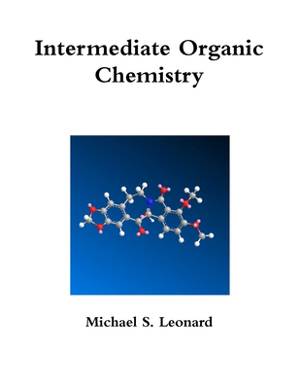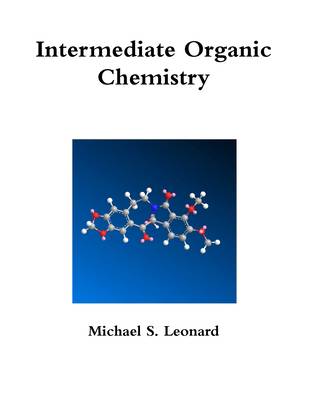
- Afhalen na 1 uur in een winkel met voorraad
- Gratis thuislevering in België vanaf € 30
- Ruim aanbod met 7 miljoen producten
- Afhalen na 1 uur in een winkel met voorraad
- Gratis thuislevering in België vanaf € 30
- Ruim aanbod met 7 miljoen producten
Zoeken
Omschrijving
The mission of Intermediate Organic Chemistry is to bridge the gap between introductory Organic Chemistry coursework and advanced/graduate-level coursework but to do so in a way that extends the student-centered approach of most modern introductory Organic Chemistry textbooks. This text makes extensive use of detailed explanations and color coding to facilitate the learning process. This text's style is one that is shared by many instructors of Organic Chemistry: mechanistically driven and detailed. Extensive use of color coding helps students to learn mechanism and cogently predict reaction products. The electrons that are mechanistically involved in each transformation are color coded. The mechanistic arrows originating from those electrons are colored identically, as are the bonds and/or lone pairs that result from the electron flow. This approach, along with detailed verbal explanations, conveys the narrative of the mechanism.
Specificaties
Betrokkenen
- Auteur(s):
- Uitgeverij:
Inhoud
- Aantal bladzijden:
- 428
- Taal:
- Engels
Eigenschappen
- Productcode (EAN):
- 9781304217561
- Verschijningsdatum:
- 10/07/2013
- Uitvoering:
- Paperback
- Formaat:
- Trade paperback (VS)
- Afmetingen:
- 216 mm x 279 mm
- Gewicht:
- 1369 g

Alleen bij Standaard Boekhandel
+ 435 punten op je klantenkaart van Standaard Boekhandel
Beoordelingen
We publiceren alleen reviews die voldoen aan de voorwaarden voor reviews. Bekijk onze voorwaarden voor reviews.











